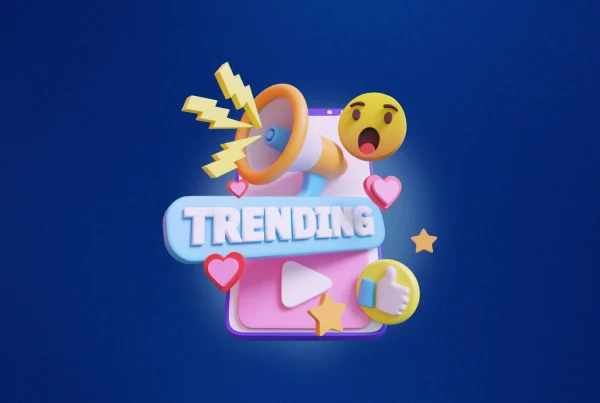
Digital Marketing vs Traditional Marketing: Which one will you choose in the end?
Marketing has always been about finding your audience in the right place, at the right time. And today that place is essentially online.
So if all eyes seem to be coming online, why does traditional marketing still remain effective?
This leaves one questioning which strategy a business should consider: The answer lies in breaking down by unique business needs.
1. Reach and Engagement of Audience
Digital channels such as TikTok, Instagram, and Google Ads have unprecedented reach. In 2025, 5.52 billion people use the internet, and social media users have grown to over 5.22 billion.
For SMEs and startups, digital marketing can increase brand awareness on a smaller budget. Interactive tools like comments likes, and shares build real-time engagement.
Traditional means are those of TV, radio, and print, which work very well for broad, local, or older demographics. With big budgets, larger companies use traditional marketing to keep up brand prestige and ensure the brand is visible in places offline.
2. Cost Effectiveness
With Facebook Ads, for example, startups and SMEs can run very cost-effective campaigns, with options to start as low as $5 a day. Besides, performance metrics are measurable to ensure that your money is well spent.
Traditional advertising often requires higher costs. TV spots and billboards are premium options that only large companies can afford, but they have the challenge of limited audience targeting.
3. Targeting and Personalization
Digital tools utilize data to target particular audiences. For instance, with Google Ads, one can target very specific demographics, behaviors, and interests.
This personalization greatly helps entrepreneurs in reaching their target audience, especially niche audiences.
In traditional methods, precision targeting is not that accurate. However, they are good for general brand awareness. Major campaigns, such as Super Bowl advertisements, serve corporate needs by appealing to a wide range of audiences.
4. Measurability and ROI
Platforms like Google Analytics or TikTok Ads Manager give real-time data. SMEs and startups can track click-through rates, conversions, bounce rates, and cost-per-acquisition, for better ROI.
Where traditional marketing performs well in visibility, it’s very hard to measure its effectiveness. This is because, more often than not, the metrics used are estimations, thus not as transparent for SMEs with limited budgets. Since it is hard to estimate, we can feel uncertain whether it pays off this way.
Traditional marketing can be effective, but it requires businesses to target the right audience, mix with digital marketing, focus on direct-response tactics (e.g., mail campaign with promo code), focus locally, and create high-quality content.
5. Suitability for Your Business
For Startups and SMEs, digital marketing serves as a great advantage. It is cheaper, highly measurable, and effectively scalable hence ideal for businesses that start small but think big.
Meanwhile, for larger companies, the best answer to this is an optimum mix of both. Traditional marketing to keep the brand legacy and digital marketing to innovate and stay in touch with modern consumers.
Conclusions
Rather than choosing between the two types of marketing, focus more on doing what’s works for your business goals, budget, and target audience.
No matter the scale of your company, the right strategy will be the one that connects with your exact audience the most. It can also be a mix of both, so that you could reach audience with a broader demographic which suits to your business needs.
Now it’s your turn do you think about the digital marketing vs. traditional marketing that suits you the best?













